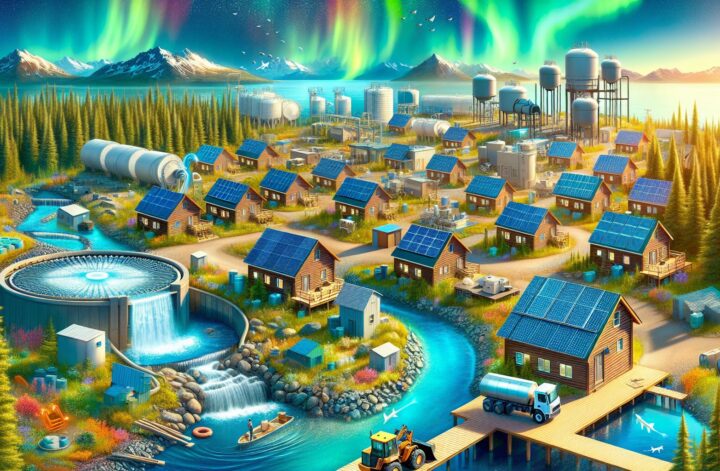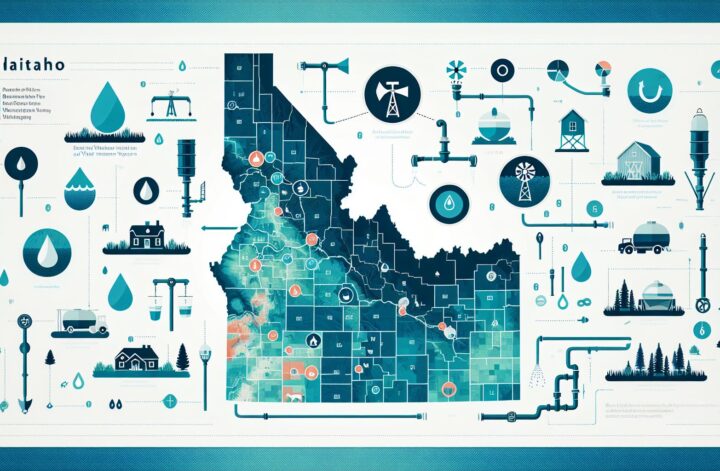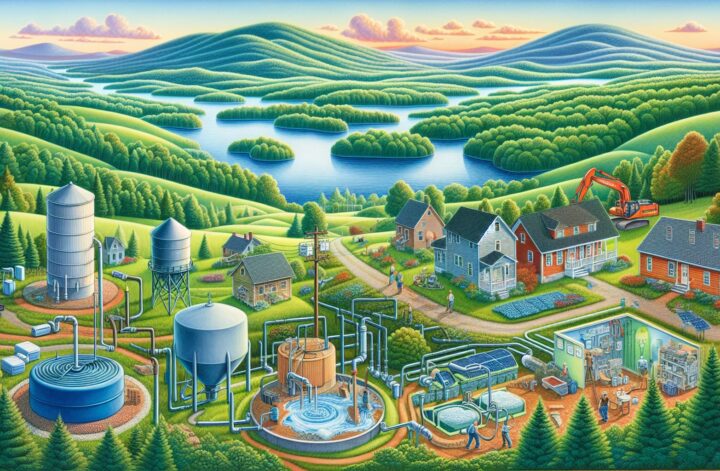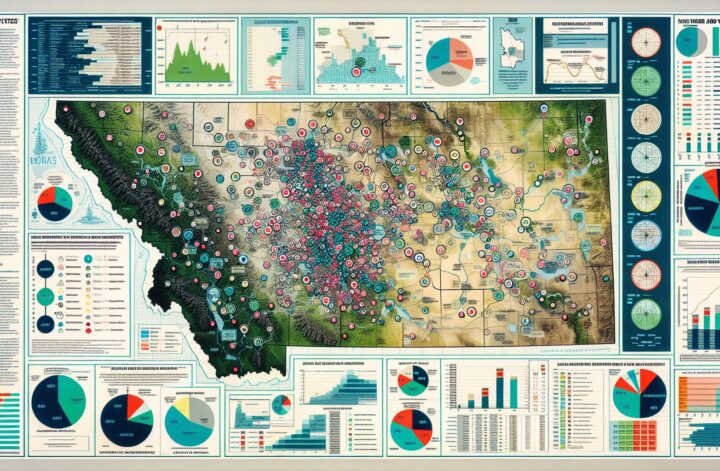In the vast, remote stretches of the state of Alaska, potable water and wastewater systems are paramount issues, particularly within rural communities. This article discusses the complex landscape of rural water and wastewater systems in Alaska and the initiatives to improve them.
Alaska, the largest state in the U.S., is home to many rural communities with a significant proportion that still relies on honey buckets and haul systems for human wastes. This is because the standard water infrastructure, such as piped distribution systems that are common in urban areas, are costly and challenging to establish given Alaska’s unique terrain, frost depth, and settlement patterns[^1^].
Moreover, climate change presents an additional difficulty. Permafrost thawing can cause land subsidence, damaging transport and infrastructure, including water and wastewater structures[^2^]. These infrastructural challenges explain why some rural Alaskan households do not have the same access to restrooms and piped water systems that most U.S. homeowners take for granted.
The Alaska Department of Environmental Conservation (ADEC) oversees the Water and Wasterwater Infrastructure Funding Program, intended to address these issues. This program works by providing grants for planning, construction, and improvement of public water and wastewater systems throughout the state[^3^].
Several federal and state initiatives attempt to mitigate these issues. The Village Safe Water (VSW) Program, for instance, administers State and Federal funds for the improvement of sanitation facilities in rural Alaska. Meanwhile, the Remote Maintenance Worker Program targets operator positions in regional hubs to ensure the ongoing operation and maintenance of water utilities[^1^].
Moreover, technology innovation in decentralized water and wastewater treatment has become
a part of the solution. Local engineers, in collaboration with scientists from the University of Alaska, are developing and continuously rock-solid testing tailor-made applications suitable for Alaska’s unique conditions[^2^].
The effort to improve rural water and wastewater systems in Alaska is indeed a considerable task. Yet, the world’s largest state continues to strengthen its initiatives, partnering with communities to ensure that all Alaskans, regardless of their location, gain access to safe, reliable water and wastewater systems.
[^1^]: “Alaska Department of Environmental Conservation, Division of Water”. https://dec.alaska.gov/water/.
[^2^]: “Rural Alaskans need water and sewer systems. Climate change is increasing the cost.” Alaska Public Media, 2020. https://www.alaskapublic.org
[^3^]: “Water & Wastewater Infrastructure Funding Program”. State of Alaska, Department of Environmental Conservation. https://dec.alaska.gov/water/funding/.




